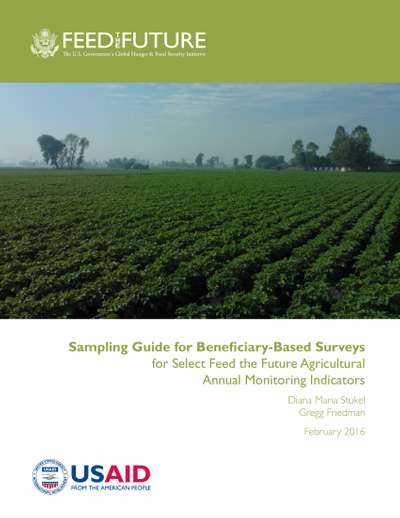Feed the Future Publications Sampling Guide Beneficiary Based Surveys - Feed the Future

BBSs are conducted among a sample of a project’s direct beneficiary population.1,2 This is in contrast to population-based surveys (PBSs), which are conducted among a sample of the entire population living within a project’s area of coverage. Typically, PBSs are used in the Feed the Future context for baseline studies, interim assessments and midterm and final performance evaluations to monitor progress and to see if there has been change over time at the population level in key outcomes and impact indicators. In contrast, BBSs are typically used in the context of project monitoring to ensure that project implementation is rolling out as expected and that project interventions are on track for achieving their intended outcomes and targets in the direct beneficiary population. The results of such monitoring exercises can be used to inform decisions about project strategies and to make corrections to project components if monitoring data show that they are not on track.